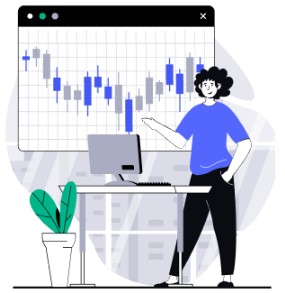Conclusion
Exchange Traded Funds (ETFs) is a great investing tool for investors, which offers a wide range of benefits such as diversification, low expense ratios, liquidity, tax efficiency, and transparency. It usually mirrors the ability and the performance of various asset classes and provide accessibility to previously inaccessible markets, ETFs have become widely popular among investors. However, investors must remain aware of associated risks with the ETFs such as market volatility, tracking error, sometimes liquidity challenges, and sector concentration. Despite having these risks, ETFs offer a convenient and efficient means of diversifying investments, managing risk, and pursuing long-term financial objectives, making them a valuable component of any investment portfolio. The availability of thousands of choices has revolutionized the nature of investing by opening up access to different asset classes and strategies. Educate yourself and be aware yourself with the financial markets and how to easily invest in it. Bigul offer you wide platform to learn and earn, all of just free of cost, we offer an easy-to-use stock market learning platform.
















